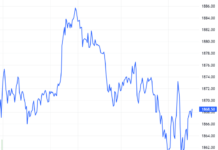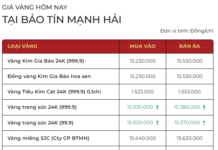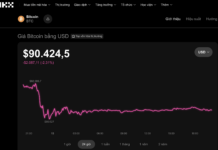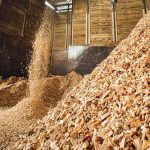According to statistics from the General Department of Customs, in August 2024, the export value of Vietnam’s wood and wood products reached $1.5 billion, a 16.7% increase compared to August 2023. Notably, the export value of wood products alone reached $1.03 billion, indicating a significant 22% rise during the same period.
Cumulatively, for the first eight months of 2024, the export value of wood and wood products reached $10.4 billion, a substantial 22.6% increase compared to the same period in 2023. Within this, the export value of wood products stood at $7.1 billion, marking a notable 24% year-on-year increase.
The market is witnessing a robust recovery, with Vietnamese businesses receiving an increasing number of wood orders. This is particularly evident in the key export market of the United States, where the export value during the first eight months of 2024 reached $5.7 billion, a significant 26.2% increase compared to the same period in 2023. Similarly, exports to China and Japan have also seen impressive growth, with values reaching $1.4 billion (a 30.6% increase) and $1.13 billion (a 1.5% increase), respectively.

Notably, Russia is emerging as an active importer of Vietnamese wood products. In the past eight months, the export turnover to Russia exceeded $3.4 million, a 44% increase compared to 2023, accounting for 0.22% of the total export turnover of wood and wooden items. Specifically, in August, exports of wood and wood products to Russia surged by over 210% compared to August 2023.
In 2021, Russia accounted for approximately 0.05% of Vietnam’s total export turnover of wood and wooden products. The primary exports to Russia consisted of seating furniture and wooden furniture.
Despite being a significant wood product exporter, Vietnam still relies heavily on imported raw materials, resulting in a trade imbalance with Russia, tilting heavily towards imports.
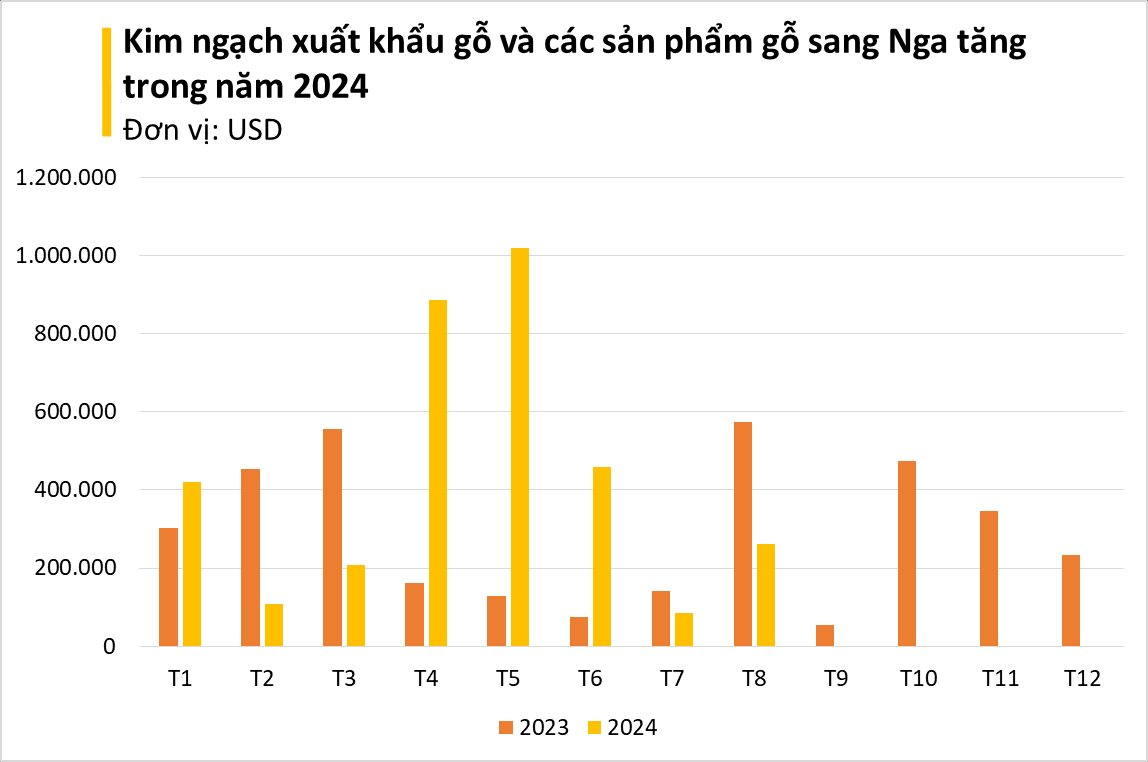
Russia is a significant supplier of raw wood to the global market, with an estimated annual extraction of 200 million cubic meters, equivalent to 10% of the global supply. It is also the world’s largest supplier of sawn wood and ranks seventh in the export value of wood products.
However, economic sanctions imposed by the EU and the US on Russia following the Russia-Ukraine conflict have disrupted this substantial supply of raw wood, significantly impacting the global supply of wood raw materials.
The shortage of supply from Russia may create new demands for alternative wood species to replace those previously imported from Russia. Among these alternatives, Vietnam’s acacia wood from planted forests could become one of the preferred substitutes.
According to the Ministry of Industry and Trade, the export of wood and wood products is experiencing a positive trend due to recovering market demand. Nevertheless, wood product exporters are facing new challenges related to international commitments, high sea freight rates, increased prices of imported raw materials, and the impact of Typhoon Yagi, which caused flooding and disrupted the production activities of wood enterprises in Northern Vietnam.
As a result, the remaining months of 2024 may continue to pose challenges for Vietnam’s wood and wood product exports.


